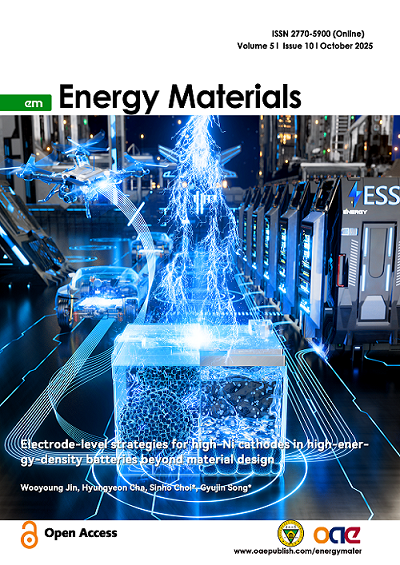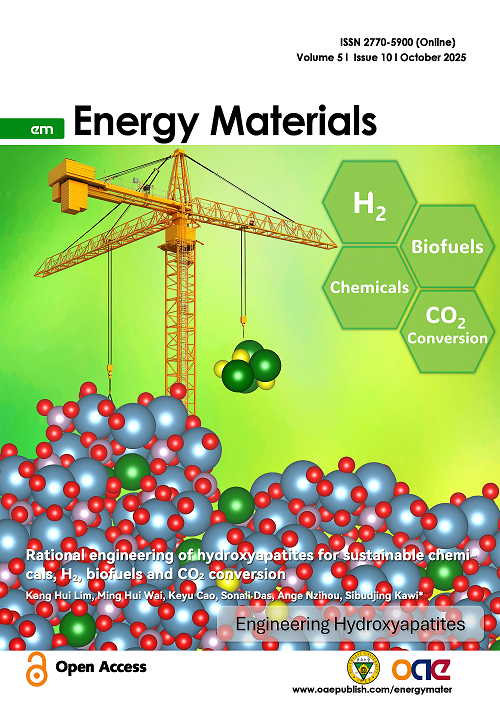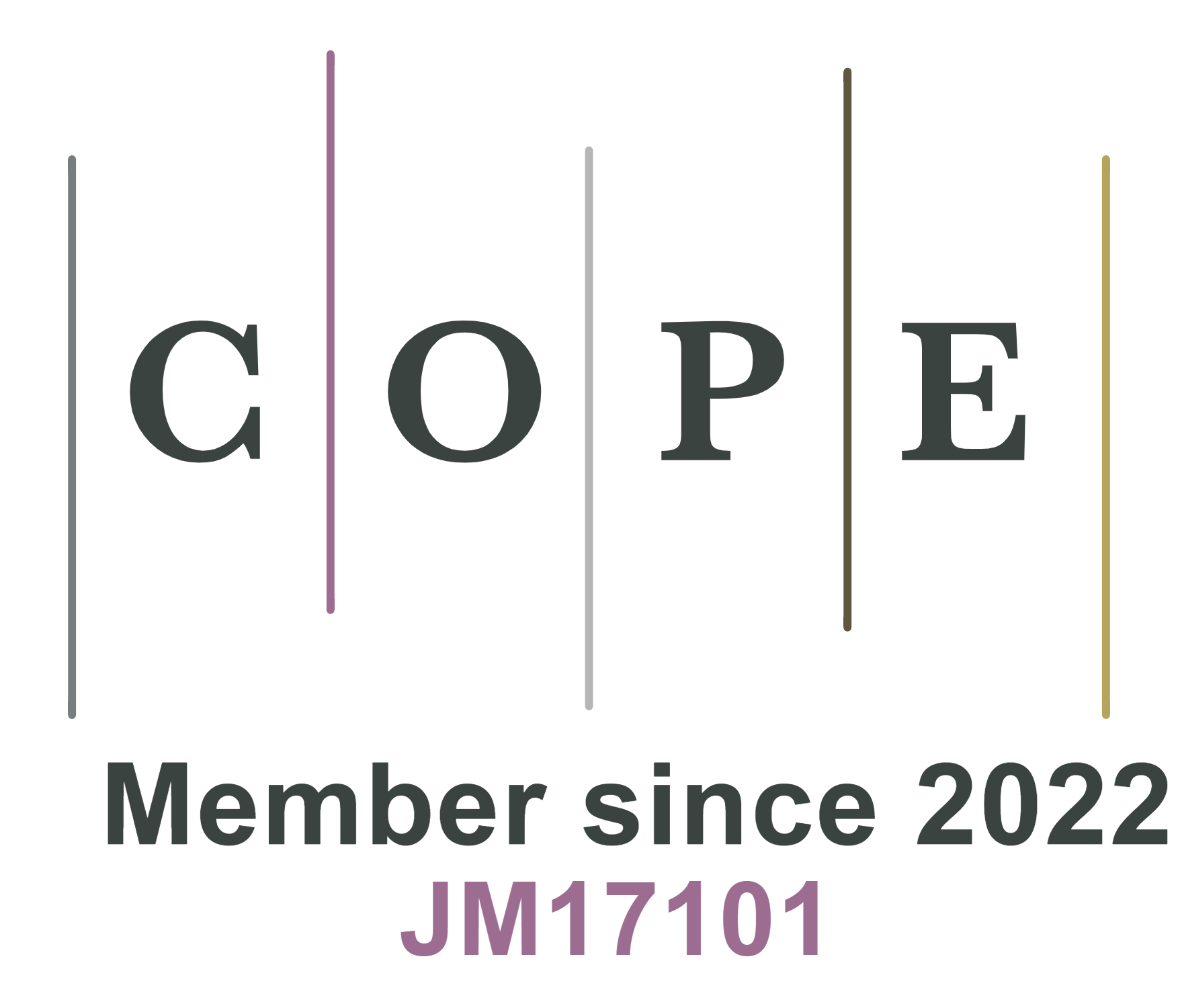Volume 5, Issue 10 (2025) – 15 articles
Chemical and fuel production through conventional catalytic processes requires significant improvement to reduce CO2 emission levels. Sustainable, potentially direct, chemical production is in critical need, such as methane coupling to olefins, propane dehydrogenation to propylene, biodiesel production, and greenhouse gas emissions modulating reactions, including CO2-utilizing dry reforming of methane, partial oxidative of methane, CO oxidation, CO2 methanation are some of the emerging technologies to address sustainability challenges. These technologies remained constrained due to the lack of stable and efficient catalysts. Hydroxyapatite (HAP), a highly functional versatile material, offers great potential due to its flexible tunability, and several studies have outlined the synthesis protocol of HAP and design modifications for catalytic applications. However, a comprehensive understanding of connecting reaction-specific demands to tailor HAP catalyst designs is limited. In this review, we bridge that gap, highlight key challenges in catalytic reactions, and propose the necessary HAP catalyst modifications, including acid-base tuning, defects-induced lattice oxygen or vacancies, mesoporosity modulation, and catalyst active metal species dispersion, to improve catalytic performance by limiting catalyst deactivation from absorbates surface poisoning, sintering, and coking. Finally, future research areas for improvement for HAP catalysts are suggested to advance the maturity of catalytic technologies.











